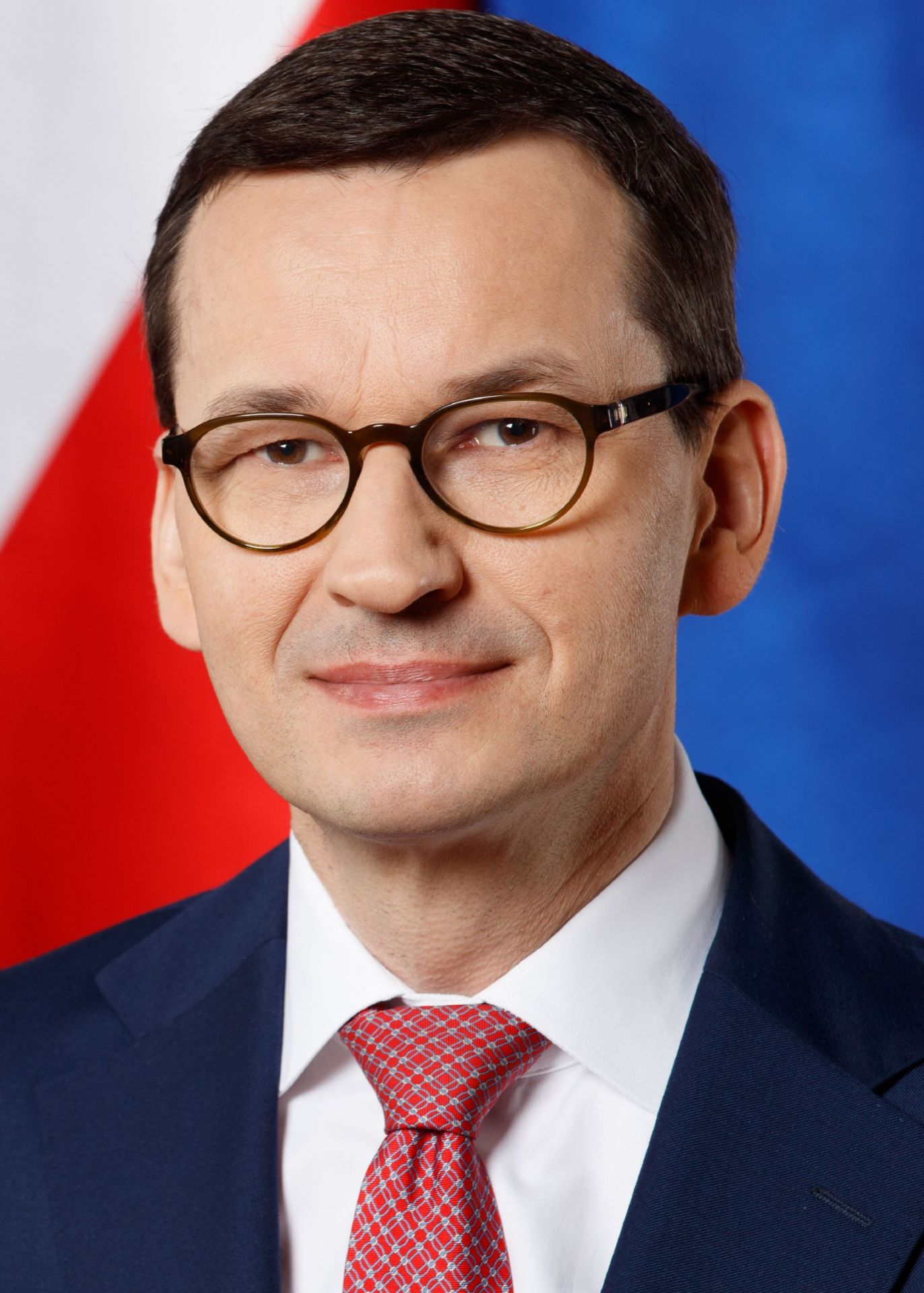Constellation Energy's Clinton nuclear power plant. (Photo: NRC)
Constellation Energy, owner and operator of the nation’s largest reactor fleet, will ask the Nuclear Regulatory Commission to extend the operating licenses of the Clinton and Dresden reactors by 20 years, the company announced Monday, adding that it expects to file license applications with the agency in 2024.
One of two cases that display the impressive belt-buckle collection.
Collecting belt buckles from nearly every nuclear power plant in the U.S. wasn’t the goal for Don Hildebrant when he obtained his first one. Over time, it just turned out that way.
One day years ago, Hildebrant came across a buckle from the nuclear plant where he worked, and it seemed before he knew it, he had collected more than 250 of them—some from plants that were never even completed. “When you look at the collection, you will see an interesting story of where nuclear power has been, and how far it has come,” he said.
Bruce's Unit 7 is now producing Lutetium-177, used in targeted cancer therapeutics. (Photo: Bruce Power)
An international collaboration between Bruce Power, Isogen (a Kinectrics and Framatome company), and ITM Isotope Technologies Munich SE (ITM) announced they have begun commercial production of lutetium-177 using Unit 7 of the Bruce nuclear power plant in Kincardine, Ontario. According to the companies, this marks the first time a commercial power reactor has been used to commercially produce short-lived medical radioisotopes.
From left: U.S. undersecretary of state for arms control and international security Bonnie Jenkins; Japan’s state minister of economy, trade, and industry Fusae Ōta; Ghana’s deputy minister of Energy William Owuraku Aidoo; and U.S. assistant secretary for nuclear energy Kathryn Huff. (Photo: DOE Office of Nuclear Energy)
The United States and Japan have announced Winning an Edge Through Cooperation in Advanced Nuclear (WECAN)—a new agreement aimed at supporting the deployment of small modular reactors and other advanced reactor technologies in partner countries.
Conceptual layout and deployment of a Prodigy SMR Marine Power Station with 12 NuScale Power Modules. (Graphic: Business Wire)
NuScale Power and Prodigy Clean Energy announced on October 26 that they have developed a conceptual design for a transportable, marine-based small modular reactor. The companies plan to present the design to utilities, regulators, and shipyard manufacturers. Prodigy, a Canadian company “specializing in the development of transportable nuclear power plants,” and NuScale signed a memorandum of understanding in 2018 agreeing to pursue the development of an SMR marine facility.
DOE contractor CPCCo recently completed construction of a protective cocoon over the former K East Reactor building at Hanford. (Photo: DOE)
The Department of Energy’s Office of Environmental Management (EM) announced that construction of Hanford’s K East Reactor cocoon has been completed ahead of schedule and under budget. Cocooning of K East—enclosing it in a protective steel structure while the reactor’s radioactivity naturally decays—was one of EM’s key construction priorities for 2022.
Slovakia’s Mochovce nuclear plant, located about 62 miles east of Bratislava, the nation’s capital. (Photo: Slovenské Elektrárne)
Unit 3 at Slovakia’s Mochovce nuclear power plant achieved initial criticality on October 22, plant owner Slovenské Elektrárne has announced.
The utility started the reactor’s first fuel load September 9—after receiving in August a final authorization for commissioning from the Slovak Nuclear Regulatory Authority—and completed the process three days later.
INL’s Materials and Fuels Complex. (Photo: INL)
The Department of Energy announced $150 million in Inflation Reduction Act funding on October 25 for infrastructure improvements at Idaho National Laboratory. According to the DOE, the funding will support nearly a dozen projects at INL’s Advanced Test Reactor (ATR) and Materials Fuels Complex (MFC), both of which have operated for more than 50 years. The investments in existing infrastructure assets mean support for nuclear energy research and development, including fuel testing, bolstering the near-term supply of high-assay low-enriched uranium (HALEU), and reactor demonstrations.
An artist’s rendering of Natrium. (Image: TerraPower)
Nuclear technology firm TerraPower and utility partner PacifiCorp have launched a study to evaluate the feasibility of deploying up to five additional Natrium reactor and integrated energy storage systems in the utility’s service territory by 2035, the companies announced yesterday. (PacifiCorp’s business units—Pacific Power and Rocky Mountain Power—serve customers in California, Oregon, and Washington, and in Idaho, Utah, and Wyoming, respectively.)
A screenshot of the Interactive Isotopes App from the ANS website depicting U-235 and its decay chain. (Graphic: ANS)
In the summer of 2019, three students from the University of South Carolina–Aiken (USCA) had an idea to digitize the isotope. Wei Zheng, Drake Jones, and Joseph Taylor set out to design an app that would be an interactive one-stop shop for information about any isotope—number of protons and neutrons, whether it is stable or radioactive, its natural abundance on earth, and even its uses. From these ideas, the Interactive Isotopes App began to take shape.
The app’s launch was disrupted by the COVID-19 pandemic; although it was complete after three years of work and development, the creators sat on it. On October 12, the app at long last went live on the ANS website.
Framatome’s GAIA fuel assembly with Protect EATF technologies. (Photo: Framatome)
Framatome has completed the second 18-month cycle of its GAIA Protect Enhanced Accident Tolerant Fuel (EATF) technology at Vogtle’s Unit 2 in Waynesboro, Ga. Inspections afterward revealed that the full-length chromium-coated fuel rods maintained their original characteristics, while the chromia-enhanced pellets operated as designed during 36 months of reactor operation.



















